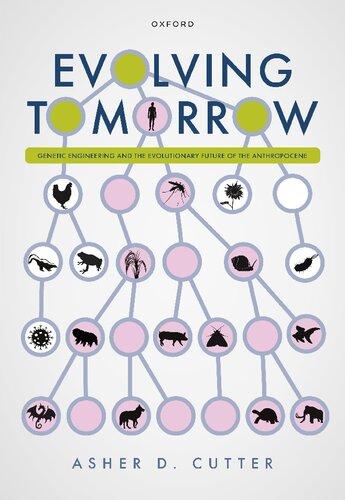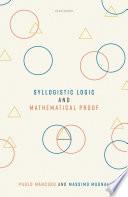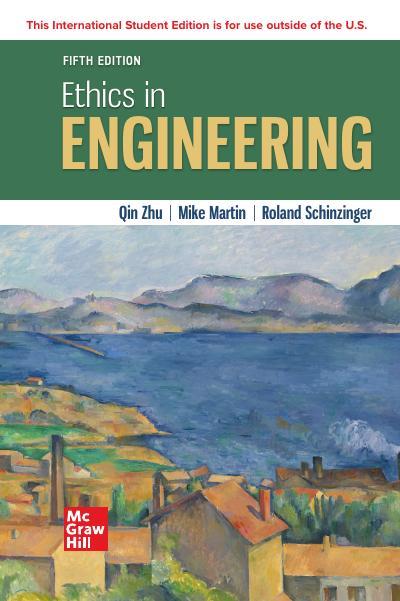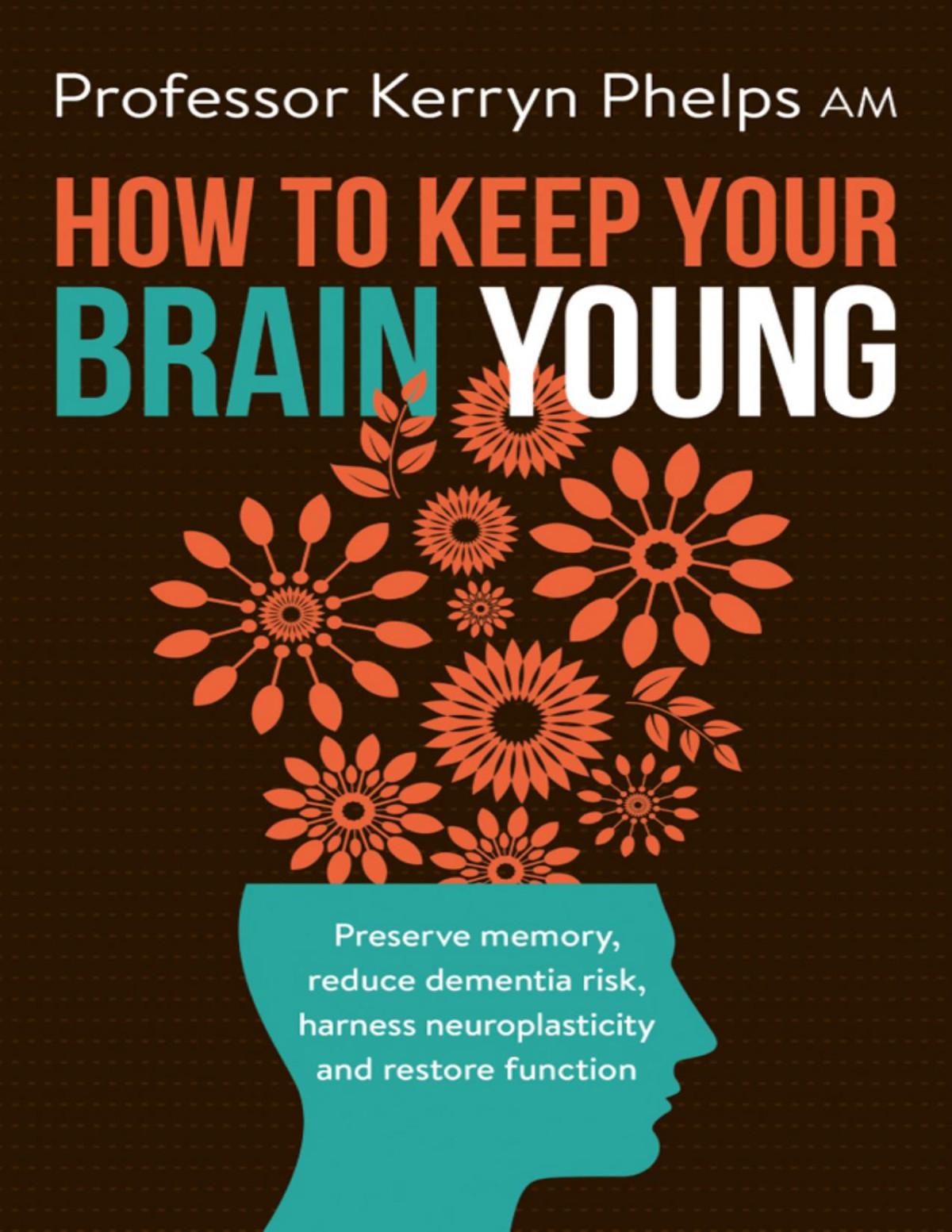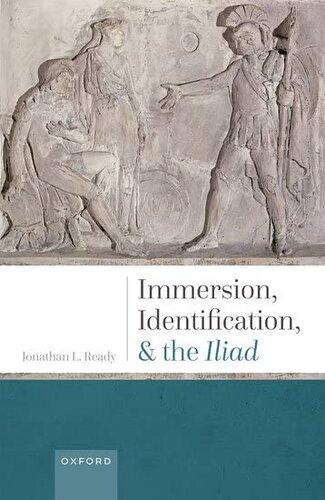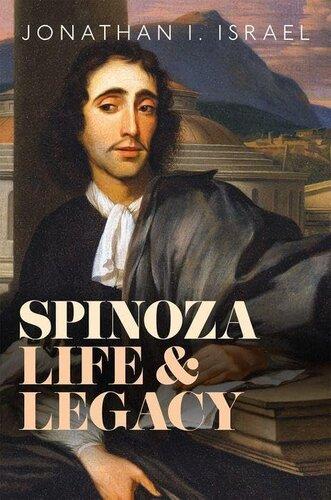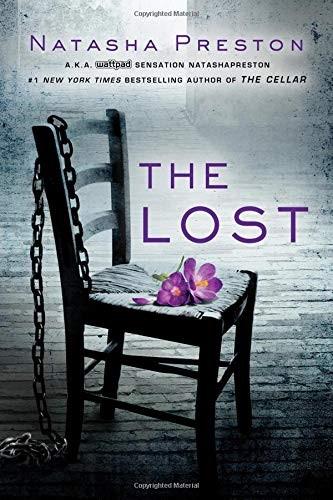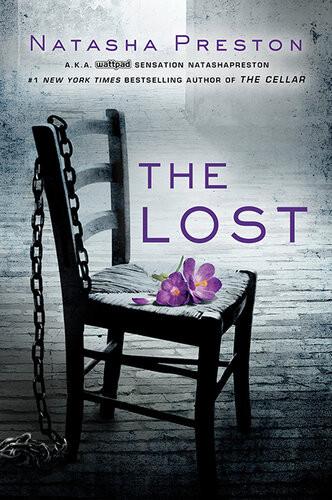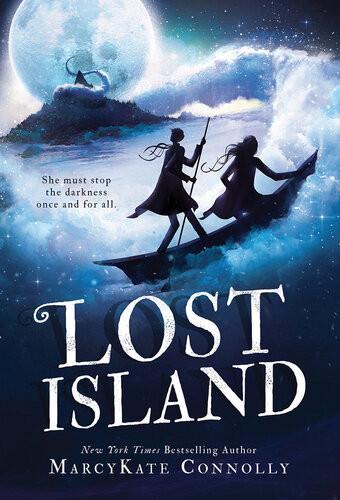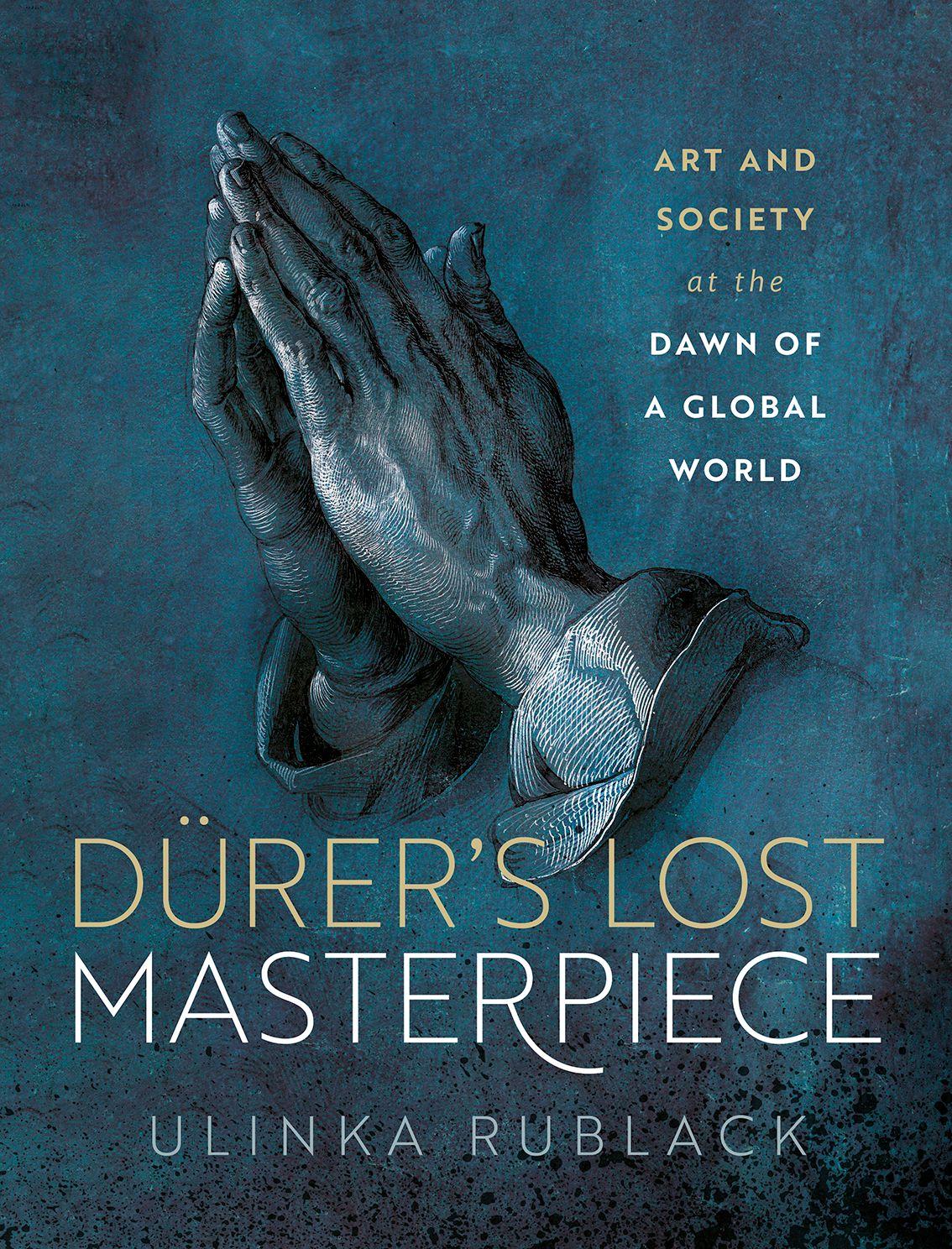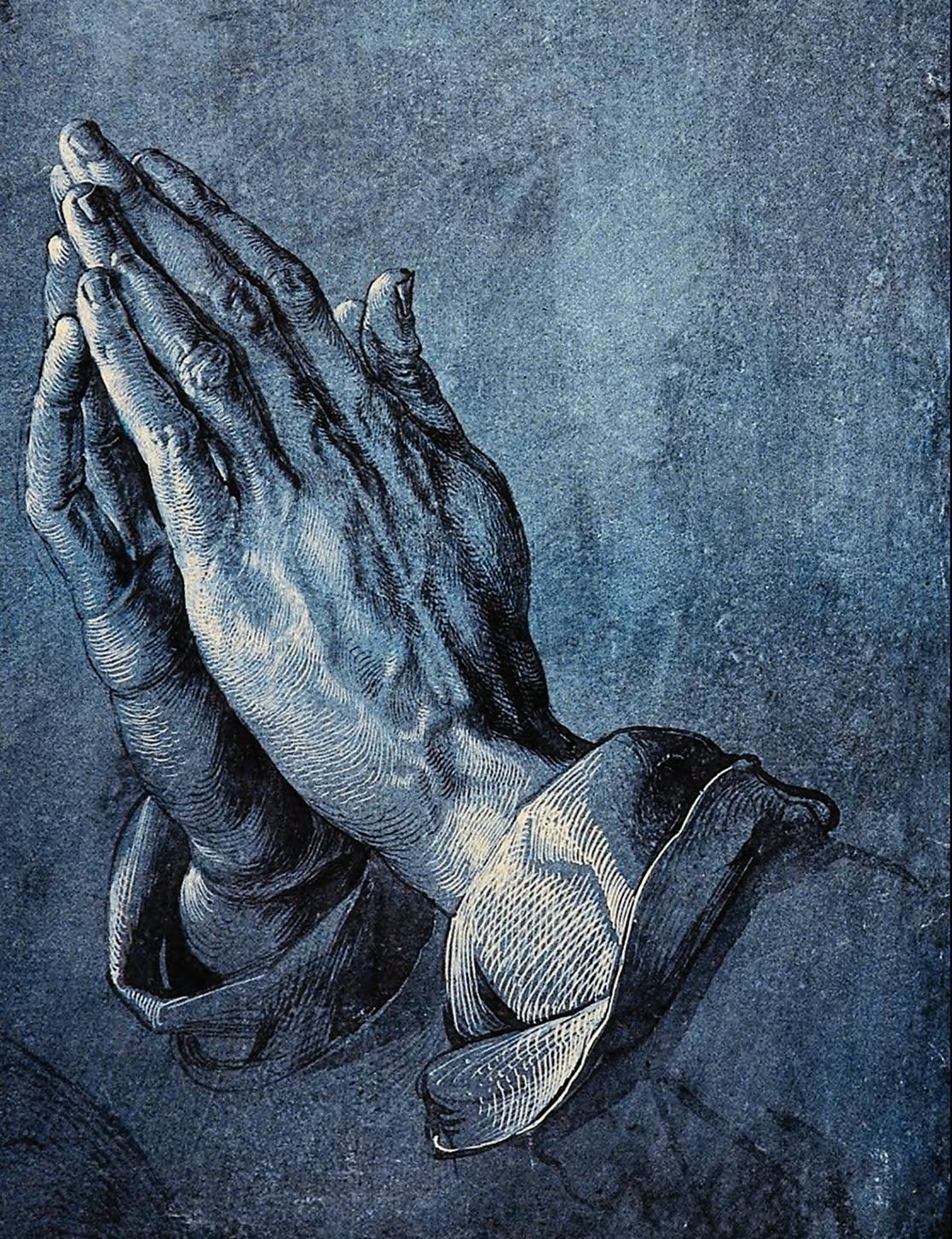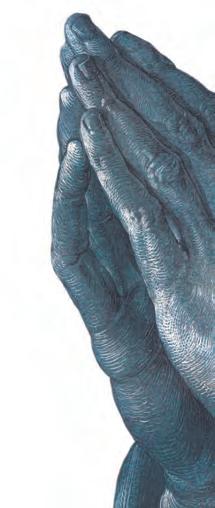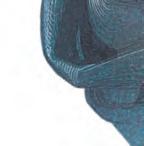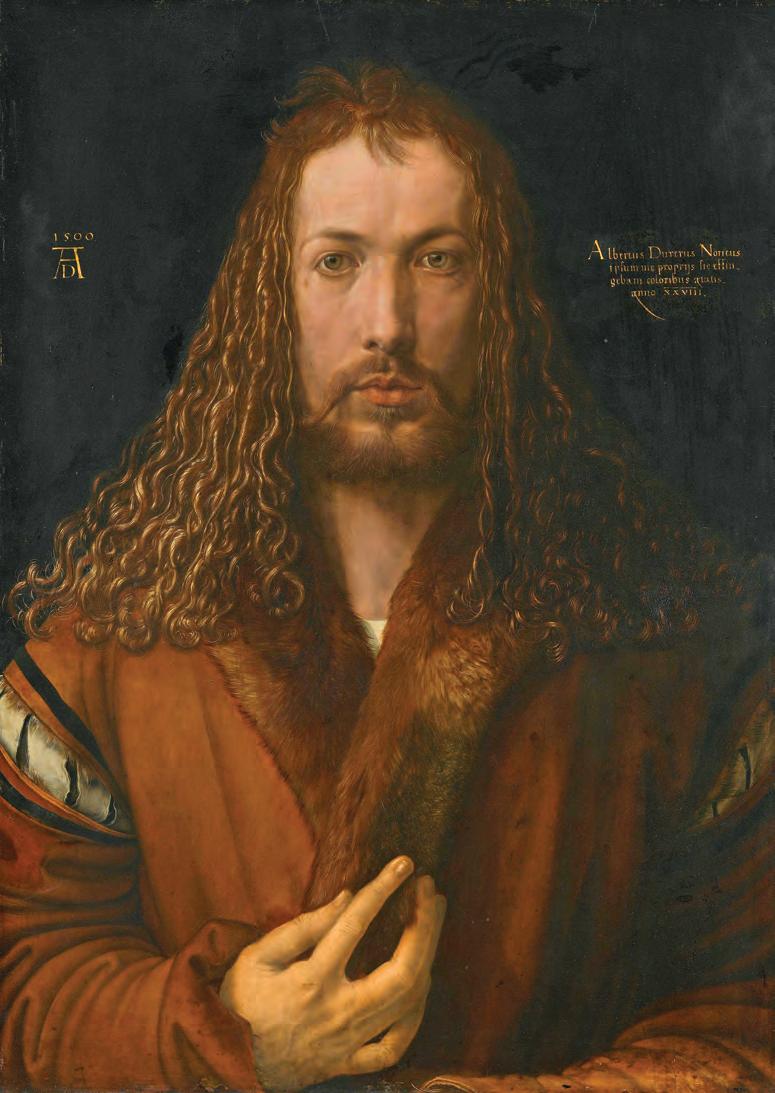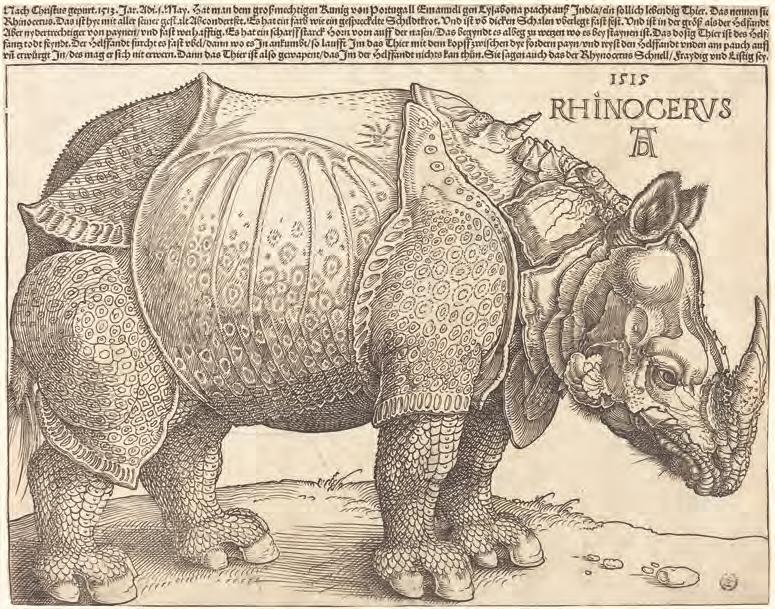DÜRER ’ S LOST MASTE � PIECE
AR T AND SOCIETY at the DAWN OF A GLOBAL WO R LD
By the same author:
The Astronomer & the Witch: Johannes Kepler’s Fight for His Mother
Dressing Up: Cultural Identity in Renaissance Europe
Reformation Europe
The Crimes of Women in Early Modern Germany
Edited works include:
Hans Holbein, The Dance of Death
The Oxford Handbook of the Protestant Reformations
Protestant Empires: Globalising the Protestant Reformations
A Concise Companion to History
The First Book of Fashion: The Books of Clothes of Matthäus and Veit Konrad Schwarz
Great Clarendon Street, Oxford, OX2 6DP, United Kingdom
Oxford University Press is a department of the University of Oxford. It furthers the University’s objective of excellence in research, scholarship, and education by publishing worldwide. Oxford is a registered trade mark of Oxford University Press in the UK and in certain other countries © Ulinka Rublack 2023
The moral rights of the author have been asserted
All rights reserved. No part of this publication may be reproduced, stored in a retrieval system, or transmitted, in any form or by any means, without the prior permission in writing of Oxford University Press, or as expressly permitted by law, by licence or under terms agreed with the appropriate reprographics rights organization. Enquiries concerning reproduction outside the scope of the above should be sent to the Rights Department, Oxford University Press, at the address above
You must not circulate this work in any other form and you must impose this same condition on any acquirer
Published in the United States of America by Oxford University Press 198 Madison Avenue, New York, NY 10016, United States of America
British Library Cataloguing in Publication Data
Data available
Library of Congress Control Number: 2022952226
ISBN 978–0–19–887310–5
DOI: 10.1093/oso/9780198873105.001.0001
Printed in the UK by Bell & Bain Ltd., Glasgow
Links to third party websites are provided by Oxford in good faith and for information only. Oxford disclaims any responsibility for the materials contained in any third party website referenced in this work.
For João
ACKNOWLEDGEMENTS
This book has emerged from research conducted over fifteen years, and it is my pleasure to be able to acknowledge all the support I have received. Magnificent institutional support was offered by St John’s College, Cambridge; the History Faculty, University of Cambridge; the Humboldt-Foundation; the Herzog August Library, Wolfenbüttel; NIAS in Amsterdam; and the Wissenschaftskolleg in Berlin. I am deeply grateful.
Part One of this book, on the making and significance of the Heller altarpiece, was rooted in teaching a Special Subject on Albrecht Dürer and Cultures of the Visual in Renaissance Germany over several years. I thank all my students who joined me on that journey, provided stimulating discussions, wrote astonishingly original essays, and were excited to try out the remaking of historical artefacts as new historical practice. We practically retraced many of the steps that an artist like Dürer would have involved himself in to create an altarpiece. This immeasurably deepened my understanding of complex painting as a material embodied process with its own temporality, and of what it meant to create and work with colour. Lucy Wrapson and Spike Bucklow, with whom I have had the enormous privilege to converse over many years, enabled our work at the Hamilton Kerr Institute for Picture Conservation at Cambridge University. Their knowledge and wisdom have benefited the book in so many ways, and Spike generously read over Part One and provided comments. I have co-taught this Special Subject with Sachiko Kusukawa and discussed key ideas—my respect for her scholarship and gratitude are immense. I have been fortunate to be part of a wave of scholars in my own institution and abroad who are turning material cultural history into one of the most exciting fields of current scholarship, to change both the theory and practice of history. I have been privileged to serve on the Advisory Board of the Making and Knowing Project at Columbia University. Pamela H. Smith has provided intellectual leadership of the highest calibre and boundless inspiration. At Cambridge, a large group of outstanding interdisciplinary scholars of material culture made new research initiatives a wholly collaborative happening that continuously rolled on. I treasure this and thank all the MPhil and PhD students, post-docs and undergraduate students I was privileged to work with or encounter, and especially five former PhD students who co-taught with me: Katy Bond, Holly Fletcher, Ana Howie, Suzanna Ivanič, and Sophie Pitman. I further thank my colleagues involved in the Material Culture Forum for the inspiration they have provided through initiatives and discussions, in particular Melissa Calaresu, Mary Laven, Caroline van Eck, Helen Pfeifer, Alexander Marr, John Robb, Nicholas Thomas, Anita Herle, and Elizabeth deMarrais. I also benefited immensely from discussions that evolved from a Swiss National Foundation-funded project ‘Materialized
Identities: Objects and Affects’, for which I served as co-investigator and researched feathers as matter. My colleagues Christine Göttler, Susanna Burghartz, and Lucas Burkhart created a pleasurable, intense, and investigative research environment that resulted in an Open Access publication with the same title. Michele Seehafer’s and Katy Bond’s contributions as early career staff were greatly appreciated. Above all, I would like to pay tribute to Stefan Hanß’s exceptional energy and insight as we worked together on the materiality of feathers and practices relating to their use, as well as on methodological questions. Jenny Tiramani in London generously taught us about feather crafting. I furthermore deeply appreciate the insights and opportunities to handle and research extant objects that a group of outstanding curators from Cambridge to New York and Berlin offered while I worked on this project – they have changed the way I understand objects and their lives. In Frankfurt’s Historical Museum, Jan Gerchow guided me through the current display of the Heller altarpiece and supported my research in every possible way.
Parts Two and Three and the conception of the book furthermore benefited from Inger Leemans’s invitation to spend time at the NIAS to join her research group on Knowing the Market. Here I was able to discuss the culture of art lovers with Inger and an outstanding team of young Dutch researchers as well as with Anne Goldgar, Claudia Swan, and Martin Mulsow. I thank Inger Leemans too for her inspired leadership, and Claudia, Anne, and Martin, in particular, for sharing their brilliant new work with me. Anne Goldgar’s Tulipmania has long provided me with an appreciation of the best scholarship on material culture history. I also thank the Past & Present Society for permission to republish reworked sections of my article ‘Matter in the Material Renaissance’, published in Past & Present, 5/2013, 41–84, in Part Two, Chapters 3 and 4.
Part Three on Philipp Hainhofer took me to Wolfenbüttel for extended periods of time, as I worked hard to decipher this man’s correspondence and get through the mountain of his papers. This book really could not have been written without the support of Peter Burschel, the library’s director, and the Humboldt Foundation’s Reimar Lüst-Prize. Ulrike Gleixner followed the project as it emerged, and the entire staff of the library was at hand to help and lend their formidable expertise when needed. Above all, Michael Wenzel was the perfect conversation partner as my understanding of Hainhofer’s world deepened, and I have benefited greatly from his unrivalled expertise and shrewd assessments. I have much enjoyed a joint trip to Uppsala, and, most recently, the opportunity to jointly examine Hainhofer’s Great Friendship Album in front of the original and in detail.
I am extremely grateful to the anonymous readers of a detailed book proposal I submitted to Oxford University Press, and in particular to one reader who took the trouble to work out arguments to challenge some of my positions. I am most indebted to colleagues who took time off their pressured calendars to read and comment on the entire manuscript: Renate Dürr, Bridget Heal, and Sachiko Kusukawa. Because of the pandemic, I was increasingly unable to try out ideas in front of seminar audiences; hence their response to the manuscript was even more precious than it would have been in
Acknowledgements
xi any case. Jeffrey Chipps Smith, Susan Foister and Giulia Bartrum kindly answered my questions. Anthony Ossa-Richardson, Jan Gerchow, and Ruth Scurr generously read individual chapters from the book or the proposal at a final stage. The book furthermore gained immensely from expert style- and copy-editing provided by Helen Clifford, alongside commentaries in some places—Helen herself being a formidable historian of material culture. All remaining mistakes, needless to say, are my own.
I was so lucky to be able to finalize the book during my year as a Fellow at the Wissenschaftskolleg in Berlin. Its director, Barbara Stollberg-Rilinger, offered an ideal environment and every possible support. The librarians Dominik Hagel, Stefan Gellner, Anja Brockmann, and Kristin Graupner have been exceptional in their help. Lena Heidemann joined that unique team to provide all the picture research in the cleverest and most organized way. This made all the difference.
I am furthermore grateful to my agent Catherine Clarke at the Felicity Bryan Agency, whose insightfulness and clear-headedness provide such wonderful guidance, and to Matthew Cotton and Cathryn Steele from Oxford University Press and Christoph Selzer and Tom Kraushaar from Klett-Cotta, with all of whom it is such a pleasure to work again as enlightened publishers. Many thanks also to the OUP production team for their patience and resilience in dealing with a demanding project.
Francisco Bethencourt, my husband, was my first and much-needed reader of the entire draft manuscript. He has supported me throughout the research process and all that life has thrown at us, however unexpected and demanding. I rejoice in our love, happiness and intellectual companionship. Sophie and João have tolerated my long fascination with Dürer and my research trips to Wolfenbüttel with good humour, always making life interesting and amusing. This book is dedicated to João, to his creativity and his ability to do things his own way, while honouring our family's roots; and I do so with great pleasure and love.
LIST OF ILLUSTRATIONS
1.1 Albrecht Dürer, self-portrait in a fur-trimmed coat, 1500, oil on panel, 67 × 49 cm. Alte Pinakothek, Munich. © Bayerische Staatsgemäldesammlungen, licence: CC BY-SA 4.0, URL: https:// www.sammlung.pinakothek.de/de/artwork/Qlx2QpQ4Xq. 3
1.2 Albrecht Dürer, Rhinoceros, woodcut, 1515, 23.5 cm × 29.8 cm, National Gallery of Art, Washington DC, public domain. 4
1.3 Albrecht Dürer, Praying hands— most likely his own, 1508, 29 × 19 cm, pen and ink on blue paper, Albertina, Vienna, public domain. 6
1.4 Portrait of Ferrante Imperato’s Museum, 1672. Ferrante Imperato, Historia naturale . . . In questa seconda impressione aggiontovi da Gio[vanni] Maria alcune annotationi alle piante nel libro vigesimo ottavo, 2nd edn. (Venice, 1672), unpaginated insert. Courtesy of the Wellcome Library/Creative Commons Attribution only licence cc by 4.0. 11
1.5 Anton Mozart, c.1615/6, The Presentation of the Pomeranian Cabinet, oil on wood, 39.5 × 45.4 cm. Kunstgewerbemuseum Berlin, bpk/Kunstgewerbemuseum, SMB/Saturia Linke. 14
2.1 Circular stained glass, an angel holding the Heller and von Melem arms. © Historisches Museum Frankfurt, Fotograf: Uwe Dettmar. 29
2.2 Coloured title page of Eucharius Rösslin’s bestselling treatise for pregnant women and midwives, Der Schwangerenn frawen und Hebammen Rosengarten, 1513. Bavarian State Library, Munich, CC BY-NC-SA 4.0, public domain. 33
2.3 Institut für Stadtgeschichte Frankfurt am Main, Best. S1-1004-08 (Holzhausen-Archive). Depiction of Jakob Heller and Katharina von Melem in the Melemsches housebook, sixteenth century. 34
2.4a–c Early seventeenth-century copy of the Heller altarpiece, Jobst Harrich, oil on panel, 189 × 138 cm, 1614: a. whole view, b. Dürer’s central panel, c. detail of Dürer’s figure. © Historisches Museum Frankfurt, Photos: Horst Ziegenfusz. 37
3.1 Hausbuch der Mendelschen Zwölfbrüderstiftung. A Nuremberg’s butcher during Dürer’s lifetime, dressed in fashionable ‘liver-colour’, Stadtbibliothek im Bildungscampus Nürnberg, Amb. 279.2°, f. 17v. 44
3.2 Woodcut for the Ship of Fools, published by Sebastian Brant, Basel, 1494, public domain. 46
3.3 Jakob Heller and Katharina Melem as donors, part of the altarpiece commissioned from Dürer. © Historisches Museum Frankfurt, Photo: Horst Ziegenfusz.
3.4 Master of the Stalburg altar, Claus and Margarethe Stalburg, 1504, 188 × 56 cm, mixed technique on fir wood, Städel Museum, Frankfurt am Main, public domain.
52
53
4.1 Albrecht Dürer, Nude self-portrait, ink and watercolour, c.1509, Klassikstiftung, Weimar, Wikimedia Commons, public domain. 57
5.1 Albrecht Dürer, Studies for his Adam and Eve engraving, 1504, British Museum, BM, SL,5218.181 © The Trustees of the British Museum. 64
5.2 Albrecht Dürer, Landauer Altarpiece, 1511, 135 × 123.4 cm, oil on lindenwood © Kunsthistorisches Museum, Vienna, KHM-Museumsverband.
5.3 The cheese seller, Hans Thom, would have been among the first to worship in the Landauer foundation’s newly built chapel containing Dürer’s panel and stained glass.
66
68
6.1 Adam Kraft, Self-portrait of the Sculptor, Tabernacle in Nuremberg’s St Laurence church © Theo Noll/www.nuernberg.museum. 80
8.1 Lucas van Leyden, Man writing, 1512, pencil on paper © The Trustees of the British Museum, London. 90
12.1 Albrecht Dürer, Instructions on Measurement, 1525, copy with his own additions. Bavarian State Library, Sign 4° L.impr.c.n.mss.119, 17, and 200, public domain.
133
12.2 Albrecht Dürer, St Jerome in His Study, oil on panel, 1521, 60 cm × 48 cm, Museum Nacional de Arte Antiga, Lisbon, CC-BY 3.0 Foto: Sailko. 136
13.1 Albrecht Dürer, Willibald Pirckheimer, engraving, 1524. Metropolitan Museum of Art, New York, public domain. 143
13.2 Matthäus Merian, View of Frankfurt am Main, Detail with the Dominican monastery and the Jewish ghetto. Frankfurt Historisches Museum © Historisches Museum Frankfurt, Fotograf: Horst Ziegenfusz. 146
13.3 Attributed to Eberhard Schön, Dürer as an old man with his coat of arms, woodcut, c.1538. Metropolitan Museum, New York, public domain. 150
14.1 Wenzel Jamnitzer, Merkelsche table ornament in silver with life casts of plants, insects, snakes, and lizards as an ode to Mother Earth (in the centre) and all it brings forth, Nuremberg 1549, 100 × 46 cm, Rijksmuseum, Amsterdam. 158
14.2 Hans Muelich or Mielich, Archduchess Anna of Bavaria (1528–90), daughter of Ferdinand I, Holy Roman Emperor, oil on canvas, 1556, 211 × 111 cm, Vienna, Kunsthistorisches Museum Neue Galerie, KHM-Museumsverband. 164
14.3 Albrecht Dürer, Ill-assorted couple, the man wearing fashionable elongated shoes with wooden overshoes. Engraving, 15 × 14 cm, c.1495. Metropolitan Museum, New York, public domain. 166
15.1 Paolo Fiammingo and his Workshop, The Element of Water, oil on canvas, 1596, public domain. 178
16.1 A sheet of Italian leather wallcovering, with pomegranate motifs, c.1560, 66 × 59 cm, Museumslandschaft Hessen Kassel, Deutsches Tapetenmuseum, Foto: Gabriele Bößert. 187
16.2 One of a pair of Porsequine shoes, leather, c.1590–1600, Spanish (?), length 22 cm, width 6.5 cm, height 7 cm, Bavarian National Museum, Munich, I 7–44. 190
16.3 Page from Hans Weigel, Trachtenbuch, Nuremberg 1577. © The Master and Fellows of Trinity College, Cambridge. 196
17.1 Franz Pourbus the Younger, Margherita Gonzaga (1591–1632), Duchess of Mantua, c.1601, oil on canvas. 93 × 69 cm. Metropolitan Museum of Art, New York, public domain. 205
18.1 Hans Mielich, Albrecht and Anna of Bavaria with their five descendants, Wilhelm kneeling to the left of his father, placed
List of Illustrations
under the Virgin Mary’s protection. Liebfrauenmünster, Ingolstadt. Photo: Georg Pfeilschifter. 215
19.1 Hans Fugger, a coloured plate in the publication Fuggerorum et Fuggerarum Imagines, 1619, Bavarian State Library, License: http://creativecommons.org/licenses/by-nc-sa/4.0/deed.de; page 75 v.
226
20.1 Silk curtain, fifteenth century, Granada. Metropolitan Museum of Art, New York, public domain. 233
21.1 Braun and Hogenberg’s contemporary depiction of Munich. Georg Hoefnagel, 1586, public domain. Wikimedia Commons. 242
21.2 Serpent labret with articulated tongue, gold, Aztec, 1300–1521, 6.67 × 4.45 × 6.67 cm, Metropolitan Museum of Art, New York, public domain. 243
22.1 Jan van der Straet, ‘Color Olivi’ from the Nova Reperta series, engraving, c.1580–1600. The Metropolitan Museum of Art, New York. The Elisha Whittelsey Collection, The Elisha Whittelsey Fund, 1949, public domain.
22.2 Dominic Custos, Maximilian I of Bavaria and his first wife Elisabeth of Lorraine as youthful rulers of Bavaria, engraving.
261
© The Trustees of the British Museum. 264
23.1 After Albrecht Dürer, a copy, probably in a seventeenth-century hand, of the figure of the artist depicted in the middle distance of his painting ‘The Coronation of the Virgin’, the central panel of the Heller altarpiece of 1509, pen and brown ink, 18.2 × 10 cm
© The Trustees of the British Museum.
268
23.2 Detail of a cabinet, assembled by Philipp Hainhofer, after 1617. Gustavianum, Uppsala. © Photo: Massimo Listri. 272
25.1 Double page from Philipp Hainhofer’s large friendship album. Exquisite miniatures of flowers, insects, and shells. © Herzog August Bibliothek Wolfenbüttel, https://diglib.hab.de/mss/ 355-noviss-8f/start.htm.
280
25.2 Cornelis Vroom, Return of the Dutch Second Voyage to Nusantara, oil on canvas, 1599, Rijksmuseum, Amsterdam, public domain. 283
25.3 Geneaology of the Hainhofer Family, 1629, Ahnentafel Philipp Hainhofers, Ratsherr zu Augsburg, Bavarian State Library, public domain. Hainhofer’s elaborate commission of a genealogy
List of Illustrations xxi
attempted to visualize the nobility of his Augsburg merchant family. An idealized view of the city surrounded by the river Lech serves as backdrop. He was primed for this enterprise not least by helping to work on the Fuggers’ genealogy as young man. 287
27.1 Franz Hals, Portrait of Isaac Abrahamszoon Massa (1586–1643) and his wife, oil on canvas, 1622. Rijksmuseum, Amsterdam, public domain. 292
28.1 Anon., Wilhelm V, after 1600, engraving, 17.5 × 12 cm. © The Trustees of the British Museum. The abdicated ruler Wilhelm of Bavaria as ‘old Lord’, pointing to his Order of the Golden Fleece. 296
28.2 Gerardi Mercatoris, Atlas sive Cosmographicae Meditationes [. . .] excusum in aedibus Iudoci Hondii Amsterodami, Amsterdam, 1609. Stanford Libraries, public domain mark 1.0.
28.3 Depictions of the Dutch fight against polar bears with different weapons on the Nova Zembla expedition that were adapted by Hulsius. Rijksmuseum, Amsterdam, public domain.
300
302
28.4 Ottoman rain hat, felt, sixteenth century. Gustavianum, Uppsala, Uppsala university collections/Mikael Wallerstedt. 305
28.5 Theodor de Bry, America, Title page, Frankfurt 1590. Courtesy of the John Carter Brown Library. 310
29.1a,b Peter Isselburg, Basilius Besler, Fasciculus rariorum et aspectu dignorum varii generis, 1618, engraving, 18.6 × 28.2 cm. Frontispiece and image of shells, Johann Christian Senckenberg University Library Frankfurt am Main, public domain. 316
29.2 Unpolished shells from the wreck of the VOC ship Witte Leeuw that sank en route from Bantam to Amsterdam in 1613, including the conus marmoreus, named after its marble effect. Rijksmuseum, Amsterdam, public domain. 317
29.3 A small, delicate nautilus shell, polished and engraved with astonishing skill as a cabinet piece with wine leaves and insects by Cornelis Bellekin, 1650–1700. Rijksmuseum, Amsterdam, public domain. 318
30.1 Lucas Kilian, Philipp II of Pomerania-Stettin, 1613, engraving. © Herzog August Bibliothek, Wolfenbüttel, CC BY-SA 3.0 DE. 323
31.1 Wolfgang Kilian, Johann Konrad von Gemmingen, Prince-Bishop of Eichstätt, 1606, engraving. Missouri Botanical Garden, Peter H. Raven Library, public domain. 328
List of Illustrations
31.2 Philipp Hainhofer, The Willibaldsburg in 1611, watercolour and ink, HAB Cod. Guelf. 23.3. Aug. 2°, fol.13v–14r © Herzog August Bibliothek Wolfenbüttel <http://diglib.hab.de/mss/23-3-aug-2f/start.htm>.
31.3 and 31.4 Depictions of rare, vibrantly coloured flowers from the bishop’s Hortus Eystettensis, 1613. Hochschul- und Landesbibliothek RheinMain, CC-BY 4.0.
31.5 Roelandt Savery, Orpheus, 1628, oil on oak, 53 × 81.5 cm. © National Gallery, London.
31.6 Basilius Besler, Hortus Eystettensis, 1613, British Library, London. © British Library Board (10.Tab.29), title page.
32.1 The trophy painting on white silk satin of Emperor Rudolph II in Hainhofer’s friendship album—a ruler he had never met.
© Herzog August Bibliothek Wolfenbüttel, https://diglib.hab.de/ mss/355-noviss-8f/start.htm.
33.1 Lukas Kilian, Portrait of Albrecht Dürer, after Rottenhammer’s copy of Dürer’s self-portrait from The Feast of the Rose Garlands, engraving, 34 × 20.5 cm, 1608. Wikimedia commons, public domain.
34.1 Lucas Kilian, Alberti Dureri Noribergensis, Pictorum Germaniae Principis effigies genuina duplex, c.1628, engraving, 38 × 26.4 cm. Photograph retrieved from the Library of Congress, https://www.loc.gov/item/2015650882/.
35.1 A bird-house by or in the tradition of Johannes Schwegler in Hainhofer’s Uppsala cabinet, Uppsala university collections/Mikael Wallerstedt.
329
332
335
337
349
360
376
380
35.2 Matthias Kager?, drawing of small farmyard model with a large variety of lifelike miniature birds, Augsburg, c.1611. Germanisches Nationalmuseum, Nuremberg. Photo: Monika Runge. 381
36.1 Anton Mozart, The Presentation of the Pomeranian Cabinet, c.1615. Kunstgewerbemuseum Berlin. © bpk/Kunstgewerbemuseum, SMB/Markus Hilbich. 390
37.1 A depiction of Elias Holl’s new town hall in Augsburg in 1620 and its wide square. Herzog August Library, Wolfenbüttel, http://diglib. hab.de/mss/23-2-aug-2f/start.htm.
37.2 Lucas Vorsterman I (after Anthony van Dyck), Alathea Talbot, Lady Arundel, with a compass and armillary sphere, and
403
List of Illustrations xxiii
Thomas Howard, earl of Arundel, engraving, c.1640–50. © Trustees of the British Museum. 404
37.3 Wenzel Hollar, engraving of Albrecht Dürer’s 1498 self-portrait, 1645. Rijksmuseum, Amsterdam, public domain. 410
37.4 Johann Gregor van der Schardt, bust of Anna Imhoff (1528–1601), terracotta and paint, c.1580. Bode Museum, Berlin. bpk/ Skulpturensammlung und Museum für Byzantinische Kunst, SMB/Jörg P. Anders. 412
Introduction
In August 1471, the city of Nuremberg prepared for the entry of Emperor Frederick III (1415–93), who arrived with an entourage on eight hundred horses. Seated on a white horse in a black riding costume, a coat, a cap, and large bonnet on top, despite the summer heat, Frederick III was welcomed by men from the city’s patrician families, the clergy, and by schoolboys, all of them waving banners bearing his coat of arms. A brewer stood amongst those who watched the Habsburg Emperor make his way into the German city. His chronicle notes that it was the finest and driest summer known for a century. The sun had risen early above Nuremberg castle, flooding the church spires and rooftops in bright morning light. Nuremberg, one of the Holy Roman Empire’s most important political, religious, and economic centres, numbered around 40,000 inhabitants. Its councillors proudly presented Frederick III with a jewel once owned by the Emperor Charlemagne and a gilt ostrich egg filled to the brim with valuable coins.
As he toured the city, the Emperor did something which might surprise us, as it did our brewer, who was naturally keen to note it down. Clad in fine robes, Frederick III moved through the quarters in which the common people lived. He talked to three different smiths in their foundries. One of them made knives, another was noted for the rapid manufacture of great quantities of guns, while the third displayed a copper bathtub. He rewarded each of them for their clever inventions, and also admired a new wooden bridge and a brewery.
Over the course of two evenings, Frederick III attended dances held by the local elite, joined by his sister who arrived with six wagonloads of beautiful girls. He gave each of these virgins a golden ring, and his sister a golden gown lined with sable fur, held together by a clasp worth 200 florins. Frederick III stayed in Nuremberg for thirteen days. On the last day, the Emperor left at exactly one o’clock in the morning. It was, the brewer thought, as if he was following his astrologers’ instructions.1
Albrecht Dürer, born three months before Frederick III’s visit, lay swaddled in his cradle that summer. His father was one of Nuremberg’s prized master goldsmiths, whom the city council had ordered to ‘speedily finish’ the Emperors’ drinking vessels’.2
1 Die Chroniken der fränkischen Städte: Nürnberg, vol. 4, Deichsler Chronik (Leipzig, 1872), 327–30.
2 Three years later, Frederick III summoned him to his castle in the Austrian city of Linz. Dürer the Elder presented him with a selection of his designs on paper, for which Frederick III rewarded him with four florins
Dürer was meant to follow in his father’s footsteps as a valued goldsmith, crafting rings, reliquaries, goblets, and tankards, embellishing coconuts and ostrich eggs, making shafts for weapons and clasps for gowns that would endear him to Emperors. Although young Dürer learnt his craft from his father, as he matured, he came to love the rich colours of the paintings in Nuremberg’s churches, and drawing from life. Aged thirteen, he sat down and took up a silver pen to portray himself. This was a different kind of art from goldsmithing. He asked his father if he could be apprenticed to a painter. Dürer remembered his father as a man of few words, clearly upset by his request. A Hungarian immigrant, his father had only become a master with his own Nuremberg workshop aged forty and now was already past his fifties. At that moment years of training might have appeared to have been wasted as he knew he would not be handing over his workshop to this talented son. Finally, he relented. Within years, Albrecht Dürer excelled in drawing, woodcutting, water-colouring, engraving, and painting, and wanted to become the greatest German artist of all time. [1.1]
One way of telling Dürer’s story is of straightforward success. His spectacular selfportrait in oil, painted when he was twenty-eight in 1500, which now hangs in the Alte Pinakothek in Munich, can be viewed as equivalent to the Louvre’s Mona Lisa. In it he depicted himself as having been created in the very image of Jesus Christ, proving that Germany could stand at the height of civilization through learning, true Christian devotion and eloquence in an age when young German patricians studying in Italy were insulted as barbarian pigs.
Dürer’s creativity, output, and ambition were enormous. He produced endless innovative works for different media that were the first of their kind. In 1498, Dürer published the Apocalypse—a terrifying spectre of ravaging plague, famine, and war at the end of times. It was the first uncommissioned book of large woodcut prints to have been created. Propelled by the possibilities of a new age of print, Dürer also created cheap woodcuts of novel subjects in naturalistic detail. One of his most famous prints looks as if he had actually seen the Indian rhinoceros that had disembarked from a boat in Lisbon in 1515, although he had not. His delight and excitement with the creature are palpable. What a curious beast! It was ‘such a marvel’ that he ‘had to’ represent it. It scared elephants, Dürer learnt, and, despite looking so heavy with its solid outer plates, was ‘very lively and alert’. Dürer’s woodcut made this the best-known rhinoceros ever, as the print ran hot off presses, and was imitated across Europe as far as India.3 [1.2]
An outstanding portraitist and great storyteller, Dürer shaped the European Renaissance, north and south, east and west. For elite audiences, the artist produced engravings so fine and inventive that no one has since been able to rival them. Their visual wit and trickery showed off the patience, perfection, and passion for detail his father had taught him as a goldsmith. They involved weeks of painstaking work with and orders to give himself a treat. Eventually, he was granted leave to return home, hoping that the Emperor would not only pay for the trip’s expenses but also commission some work, Jeffrey Ashcroft, Albrecht Dürer: Documentary Biography (New Haven, 2017), vol. 1, 53–4.
3 Ashcroft, Dürer, vol. 1, 419–20.
Fig. 1.1 Albrecht Dürer, self-portrait in a fur-trimmed coat, 1500, oil on panel, 67 × 49 cm. Alte Pinakothek, Munich. © Bayerische Staatsgemäldesammlungen, licence: CC BY-SA 4.0, URL: https://www.sammlung.pinakothek.de/de/artwork/Qlx2QpQ4Xq. Albrecht Dürer’s self-portrait with his monogram AD and an inscription in gold letters, echoed in the golden highlights in his hair. It was painted in 1500, a century pregnant with hopes for a future ‘golden age’ of learning. Earthen colours and black were associated with a melancholic disposition that befitted this identification with Christ’s humanity, wisdom and suffering, yet also reflecting the sober style of dress adopted by Nuremberg’s councillors as well as Dürer’s interest in working with just four pigments in imitation of the ancient masters. Dürer kept this portrait in his house.
Fig. 1.2 Albrecht Dürer, rhinoceros, woodcut, 1515, 23.5 cm × 29.8 cm, National Gallery of Art, Washington DC, public domain.
burins on a copper plate. Between 1512 and 1519, the Habsburg Emperor Maximilian I enlisted Dürer to glorify his powerful dynasty through the new technology of print. As Dürer’s confidence grew, he laboured over theoretical books about the arts of perspective and lifelike imitation of nature with a grand vision: to make accessible educative material that would enable makers to improve their work and livelihoods. Few of his peers attempted anything similar.
When Dürer visited Antwerp in 1520, when he was in his fifties, the art community welcomed him as a celebrity. In his diary, he relives the experience and conveys his excitement. The painter’s guild had invited him and his wife Agnes to attend a festive dinner in his honour at their hall. As the couple entered, everyone rose as Dürer made his way to the head of a table brilliantly decked out with ‘silver cutlery and other precious tableware, and splendid food’. As well as relishing fine food Dürer also loved playing to an audience. All attention was on him. He particularly noted how ‘eminent’ people bowed deeply, as if ‘some great lord were entering’. Six cans of wine were ceremoniously presented to him as gifts. The evening turned into a long convivial night. Antwerp showered him with honours.4 That night symbolizes a wider recognition of
4 Ashcroft, Dürer, vol. 1, 555–6.
Northern Renaissance art, something that Dürer’s generation had fought so hard to achieve. After his death in 1528, Dürer’s fame endured not only through his self-portraits and prints but also through his drawings and watercolours of landscapes, plants, and animals. Leave Munich airport today and you can buy Nuremberg gingerbread presented in tin boxes decorated with a selection of his images, including his famous watercolour of a hare.
Yet there is a different way to look at Dürer’s story. Rather than presenting a smooth linear path to success it pays attention to the big shifts and changes in his life. It takes notice of what he stopped doing and broke away from, for example when he left his father’s world.5 After 1500, Dürer never again portrayed himself on a self-standing panel, or indeed in any medium for public display after 1512. Nor did he produce another puzzling print open to endless interpretation after his famous Melencolia I made in 1514. Mid-career, Dürer stopped engaging with classical mythology in his work. After 1516, he took nature as his only guide, and mostly abandoned work that displayed his inventive imagination.
One of Dürer’s most radical decisions dates to 1511, when he gave up producing altarpieces, even though they offered unique opportunities to work creatively on compositions over a long period of time, to try out new materials. Imagine if a composer of complex symphonies, or a writer of novels, suddenly stopped work while at the top of their game. Understanding such transformative decisions opens a new window into Dürer and his age, when patterns of consumption and commerce changed. Succeeding as an artist meant confronting contradictions that were part of this world and experiencing losses and gains, compromises, and expanding to new horizons.
This was a time that witnessed great shifts in how wealth was spent. Art became part of a growing luxury goods sector that included fine fashion, pedigree horses or dogs, exotic foods and plants. There were few clear-cut distinctions between the fine and decorative arts.6 The market for uncommissioned artwork rapidly grew. Specialized luxury merchants generated supplies to capture the imagination of consumers. Art works across a spectrum of quality and price points were among their fare. Rulers expressed their ambition by collecting extensively for their courts, often scaling up their collection projects through new, dedicated buildings; urban elites and middling classes began decorating their homes with paintings, prints, and smaller collections of rarities and decorative objects. These trends were linked to the great expansion of cultural production. Dürer’s rise as an artist and lasting fame was linked to the emergence and
5 Thomas Schauerte, Dürer: Das ferne Genie. Eine Biographie (Leipzig, 2012) adopts a similar perspective.
6 For a seminal conference charting these trends in Europe see Pamela H. Smith, Paula Findlen eds., Merchants and Marvels: Commerce, Science, and Art in Early Modern Europe (London, 2002); and Simonetta Cavaciocchi ed., Economia e Arte Secc. XIII–XVIII (Florence 2002); for a comparative perspective see also Neil de Marchi, Hans J. Van Miegroet eds., Mapping Markets for Paintings in Europe, 1450–1750 (Brepols, 2006) and Christof Jeggle et al. eds., Luxusgegenstände und Kunstwerke vom Mittelalter bis zur Gegenwart: Produktion—Handel—Formen der Aneignung (Constance, 2015).

